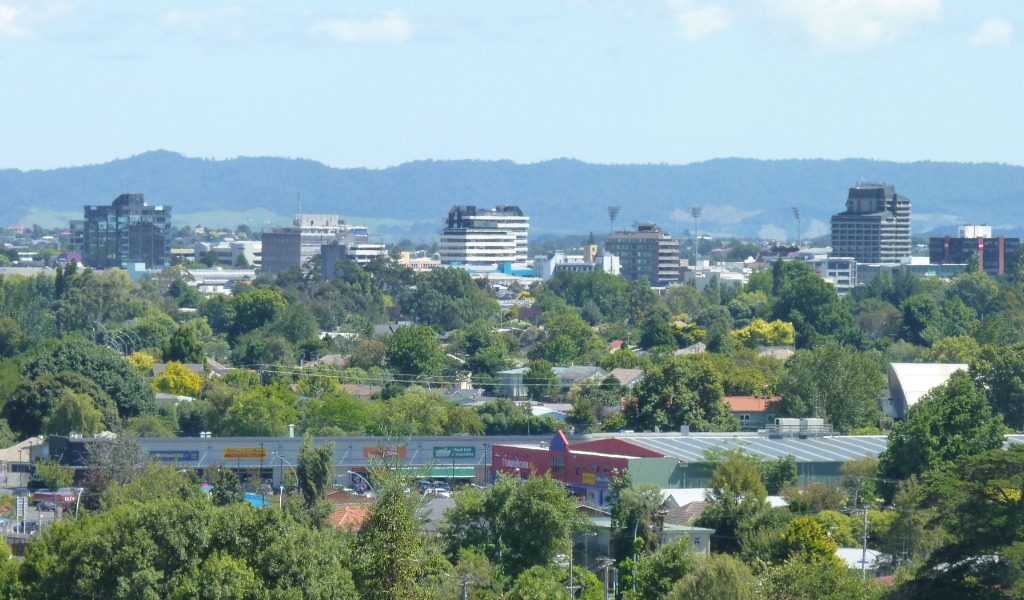Aotearoa New Zealand – Highlights
Aotearoa New Zealand is a nation situated in the southern Pacific Ocean. The total land of the country measures about 268,021 sq km (103,500 square miles) It is separated in two major areas – the North and South Islands. There are also around six hundred smaller-sized islands. NZ is located across the Tasman Sea about 3kkm (2k miles) to the east of Australia as well as around 900kms 650miles) south of New Caledonia. NZ has a varied landscape from tall mountainous areas like the Southern Alps which were created by tectonic pressures.
For other areas there are plains, volcanic activity or more gentle terrain.

New Zealand is a commerce driven nation. It rates favourably among other developed countries when it comes to the nation’s performance such as education, financial liberty, government openness, and also security of constitutional freedoms.
NZ’s most heavily populated urban area is Auckland nonetheless the capital is the smaller city Wellington.
Due to its advanced economy, in 2018 the country was rated in the top 3 in the Economic Freedom Index and 16th in the Human Development Index. It has a high-income nation with a Gross Domestic Product of US$ 36,000 per head.
The commerce is dominated by the services market then next is farming then the manufacturing industry. Tourism contributes a significant 12.9 billion dollars (5.6%) to the overall GDP of the country. Up to in 2016 it employed about 8% of the country’s complete workforce. Prior to the pandemic global visitor numbers were forecast to rise at a over 5% each year, however, Covid-19 restrictions have crushed the tourism market to such an degree where it has almost been stopped.
Extractive industries were historically strong contributors to the economy with industries like seal hunting, kauri gum, gold mining, flax, and also native hardwood being common at various periods.
Dairy and meat exports to Britain was established in the late 19th century with the very first shipment of New Zealand refrigerated lamb on a ship called Dunedin. The foundation of this sector led solid financial expansion for the country. During the 50s and 60s, a bigger market for agricultural items from the USA as well as the United Kingdom contributed to higher standards of living for Kiwis that surpassed those of Europe and Australia. Successive central governments post the mid-80s have engaged in significant macro-economic changes that swiftly changed the country from a extremely regulated as well as protectionist economic situation to a liberalised, open market economic model.
The economy of the country relies greatly on worldwide business, specifically farming products. Since the export sector represents nearly a quarter of the country’s GDP, this places the country in a susceptible situation with regards to global economic problems and also international commodity costs.
In 2014, foodstuffs composed more than half of the worth of all NZ export trade with wood with around 7% being the second largest.
Main trading countries include PRC with NZD 27.8 bn, Australia at NZ$ about 26 bn, the EU with NZ$ 22.9 bn, the U.S.A. at NZD 17.6 billion, and Japan at NZD 8.4 billion.
The NZ-China Free Trade Agreement was agreed between New Zealand on the 7th April, 2008 becoming the initial such arrangement to be signed by China with another Western nation.
Milk products made up $14.1billion (17.7%) of overall export trade in 2018. One company, Fonterra, handles nearly a 3rd of the country’s worldwide exports.
Various other exports includes meat at 8.8%, wood products and also timber at around 6%, pip fruit at more than 3.5%, equipment at over 2%, wine at 2.1%. Following a comparable result to the dairy products sector, sales of wine nearly increased two-fold surpassing woollen exports in the 2000s. In the global Covid-19, the wine sector had considerable sales increases with more New Zealand wine being imported by other nations.
Domestically the business community consists of mainly modest-sized operators, over 70% of them being sole traders with less than 20% having between 1 and 5 people.
Innovation and the art sector are growth industries. NZ has also made worldwide acclaim for the digital media as well as movie production.
The largest metro area in New Zealand, Auckland, has a population of one and a half million from an overall population of about 5million. The two regions of Christchurch and Wellington have a the same population of less than half a million.
